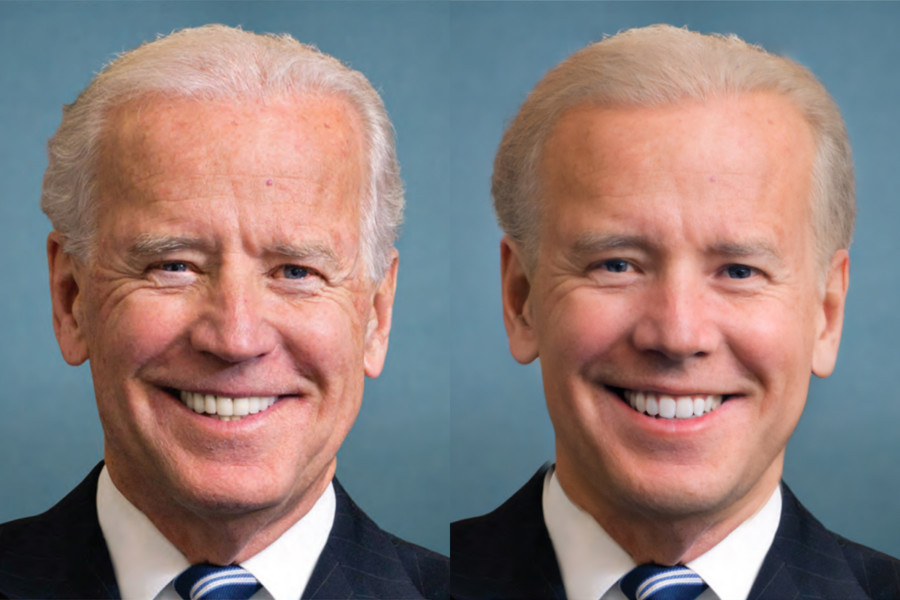Distorting Reality: The Potential Chaos of Adobe’s Neural Filters
Face tuning apps have long been a cornerstone of mobile phone ecosystem, enabling users to make subtle or not so subtle adjustments to their appearance for selfie-obsessed generations. Some consumers use face tuning apps in pursuit of getting closer to the generic celebface look made famous by influencers like Kim Kardashian; other may use them simply to erase years from one’s visage – for example turning selfies into professional headshots for professional use or turn selfies into headshots for professional purposes. We have even witnessed “fun” apps which advance age your photo by dubious developers with unknown motives!
Face tuning apps might fall under the “fun” category; but their incorporation into Adobe Photoshop – an image editing software with such widespread popularity that its name has become an everyday verb – gives these technologies legitimacy and lends them greater credibility.
Adobe has introduced in Version 22 neural filters – cloud-based technology using machine learning and GANs with switches and sliders that provide access to its beta technology.
Image manipulation used to require highly skilled operators many hours of hard work; now anyone with an Adobe Creative Cloud subscription can perform convincing image alterations quickly and convincingly. The implications are alarming: In today’s age of disinformation, one doesn’t require flawless output to influence mass opinion – indeed a low-quality intentionally slowed-down video of Nancy Pelosi was enough for some viewers to believe she was drunk and slurring her words despite knowing it is false – visual imagery reinforces confirmation bias even when viewers know this is false despite knowing it reinforces confirmation bias.
Any image can easily be altered and meme-ified with the potential to go viral, suspending critical thinking skills and creating untold damage.
